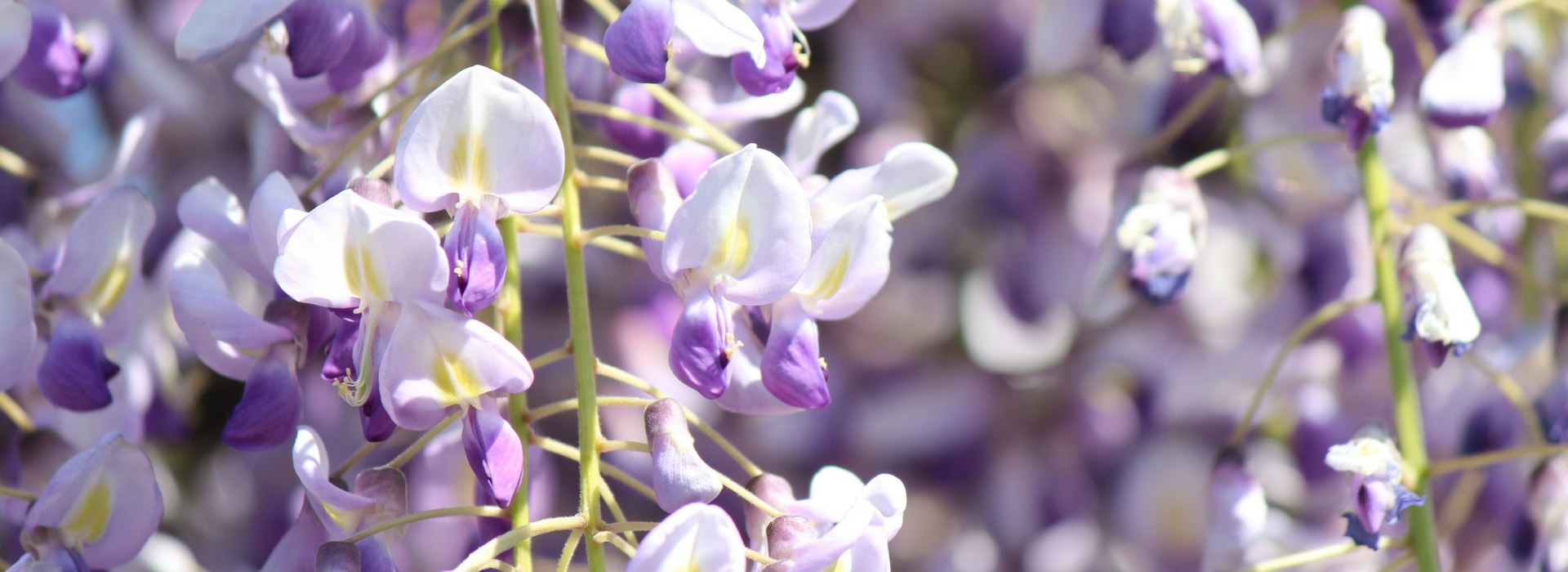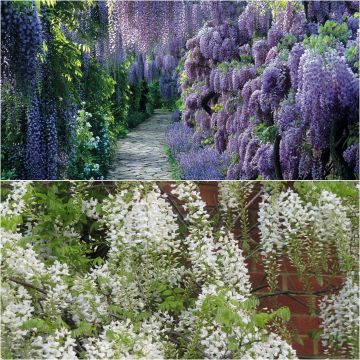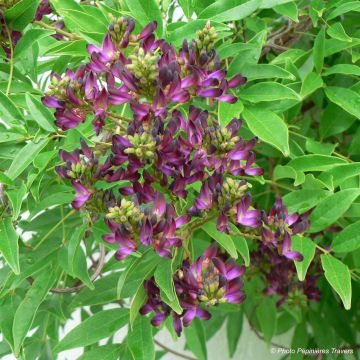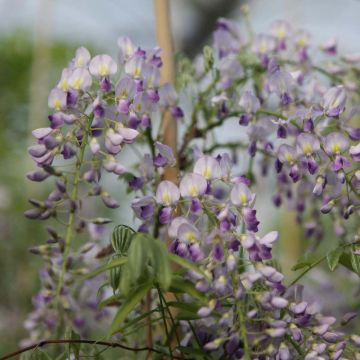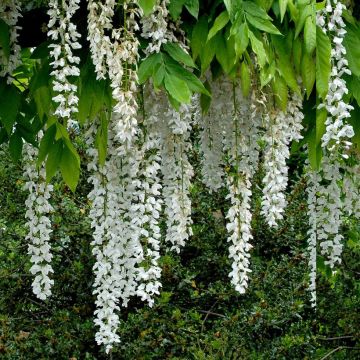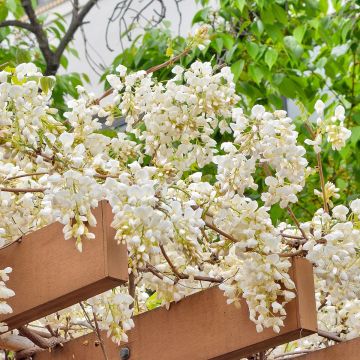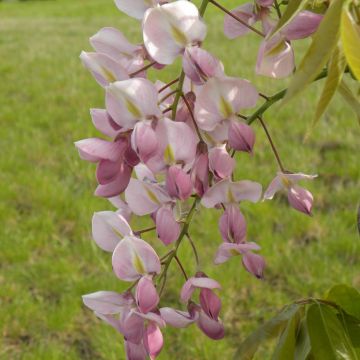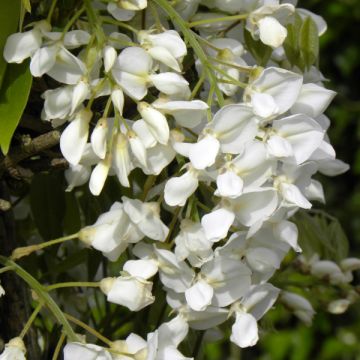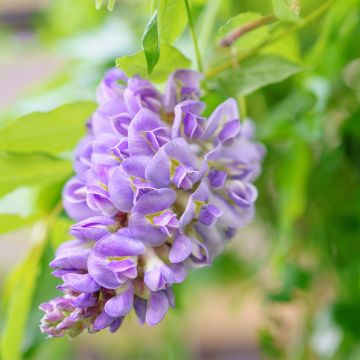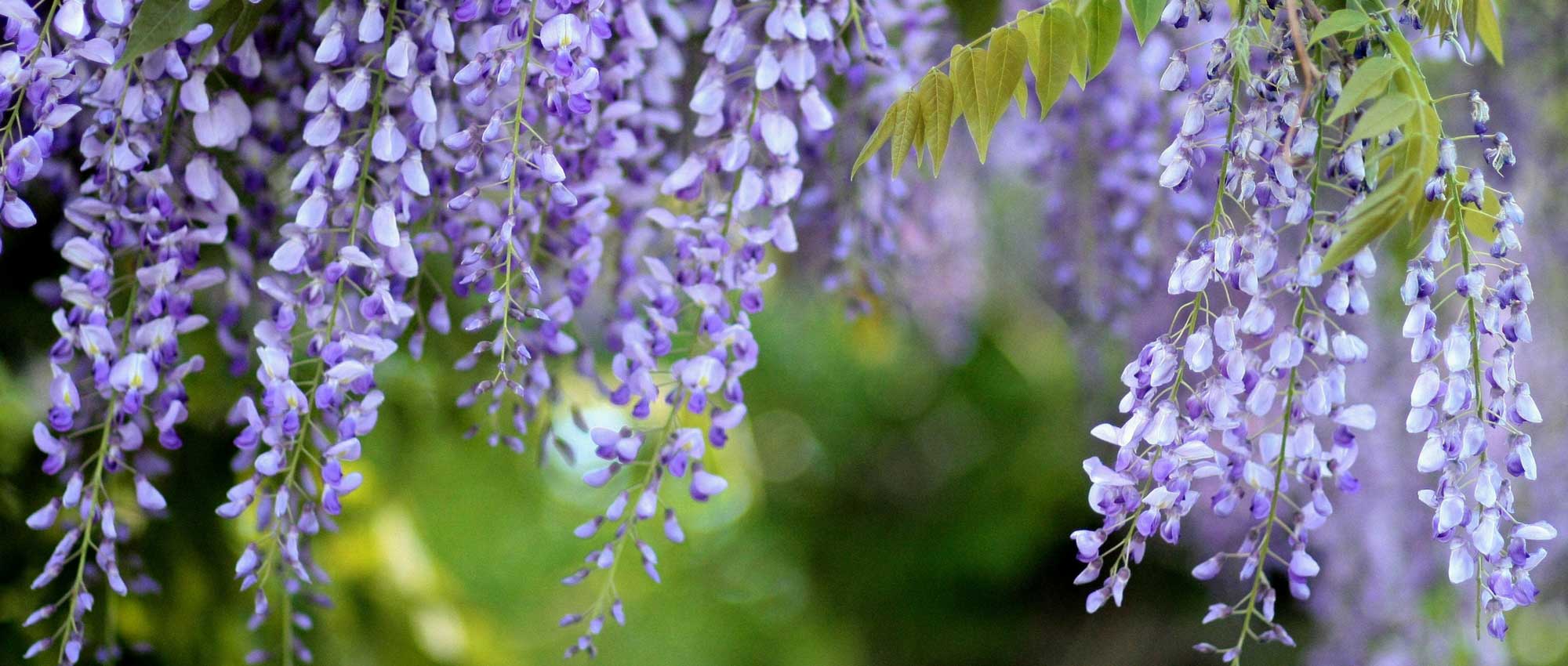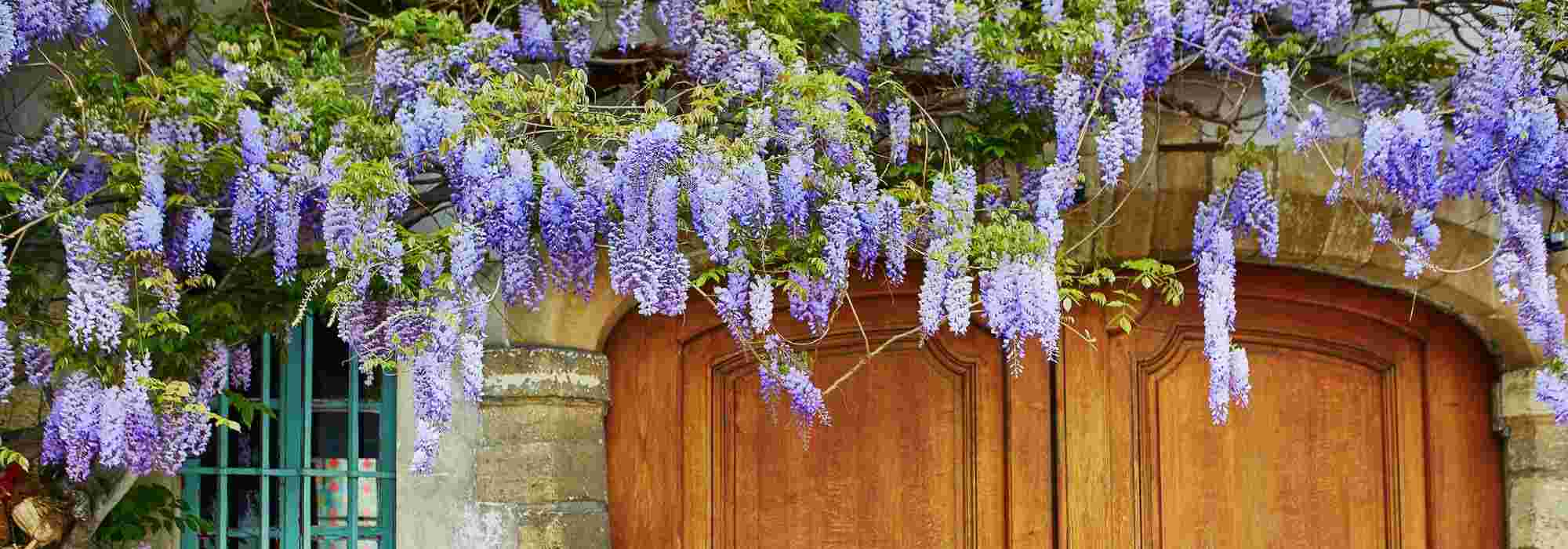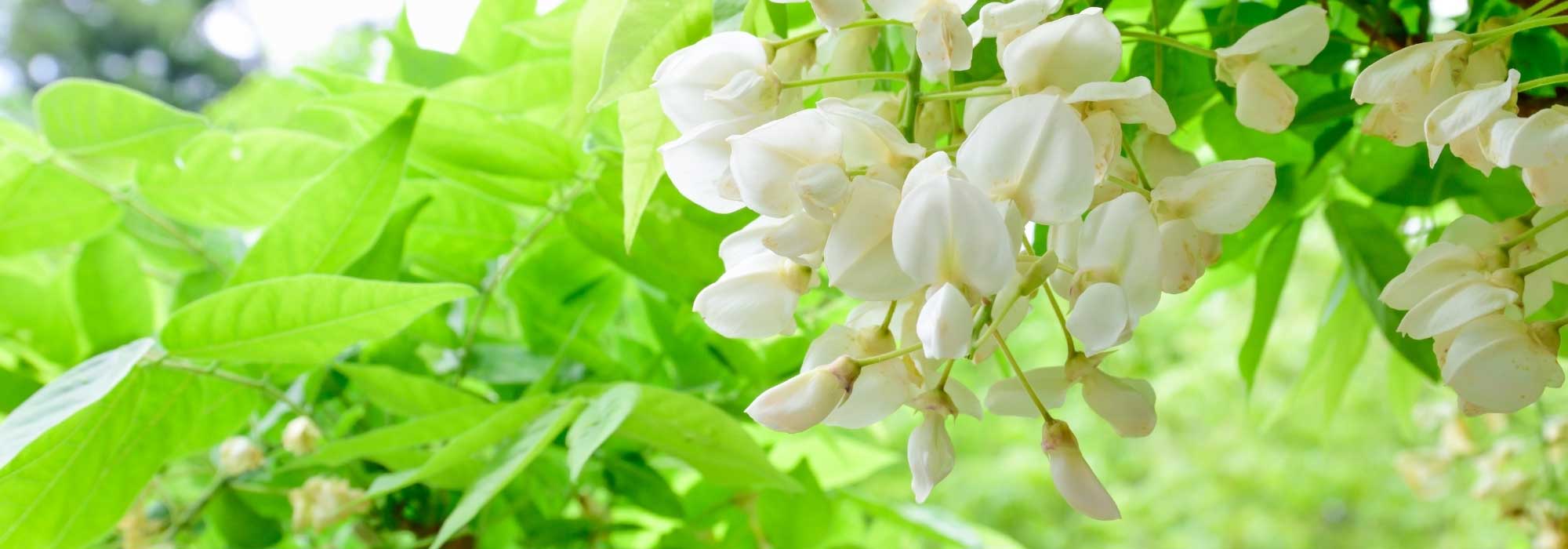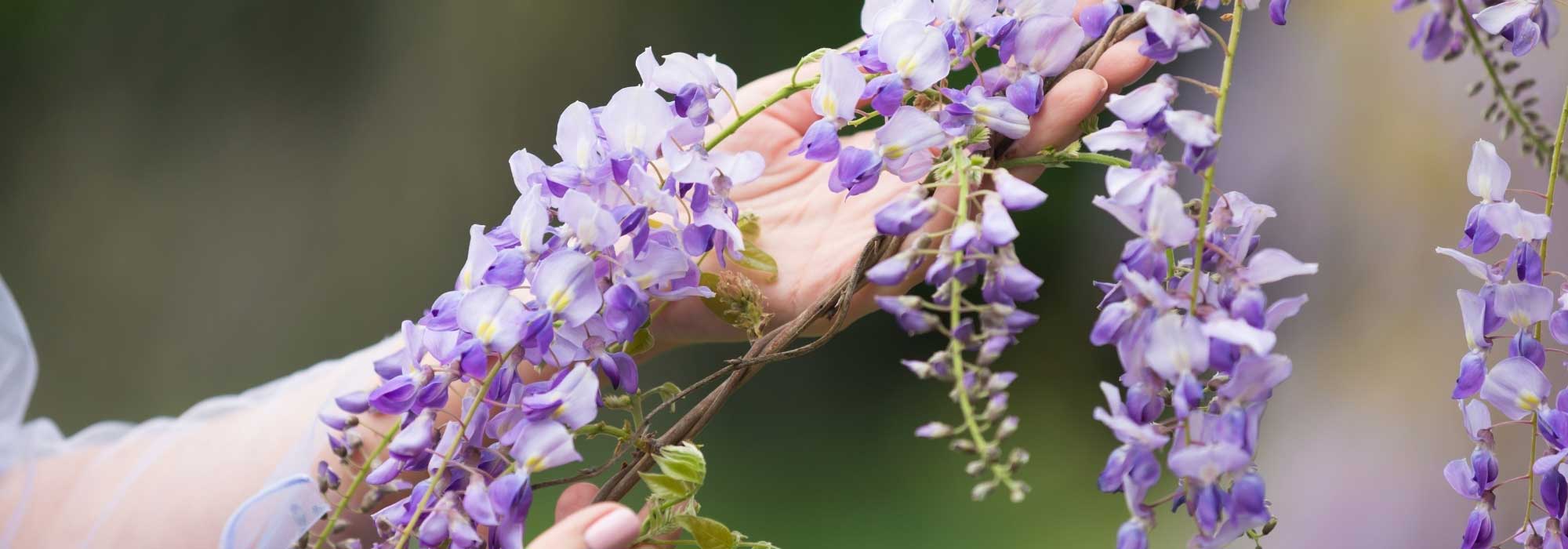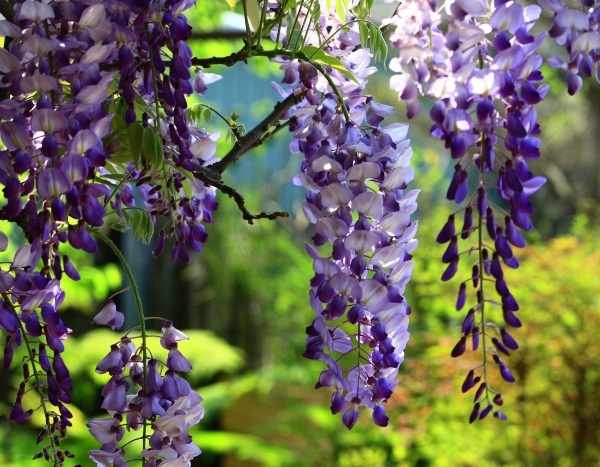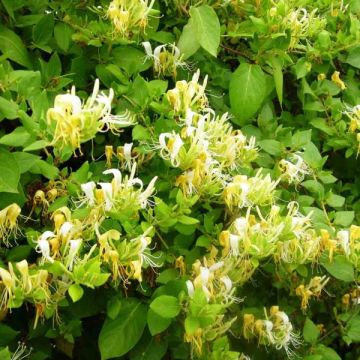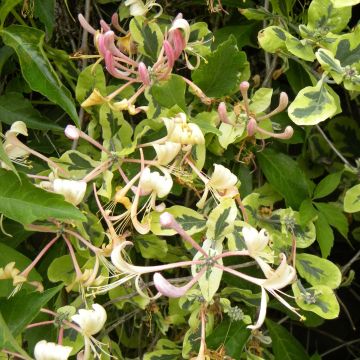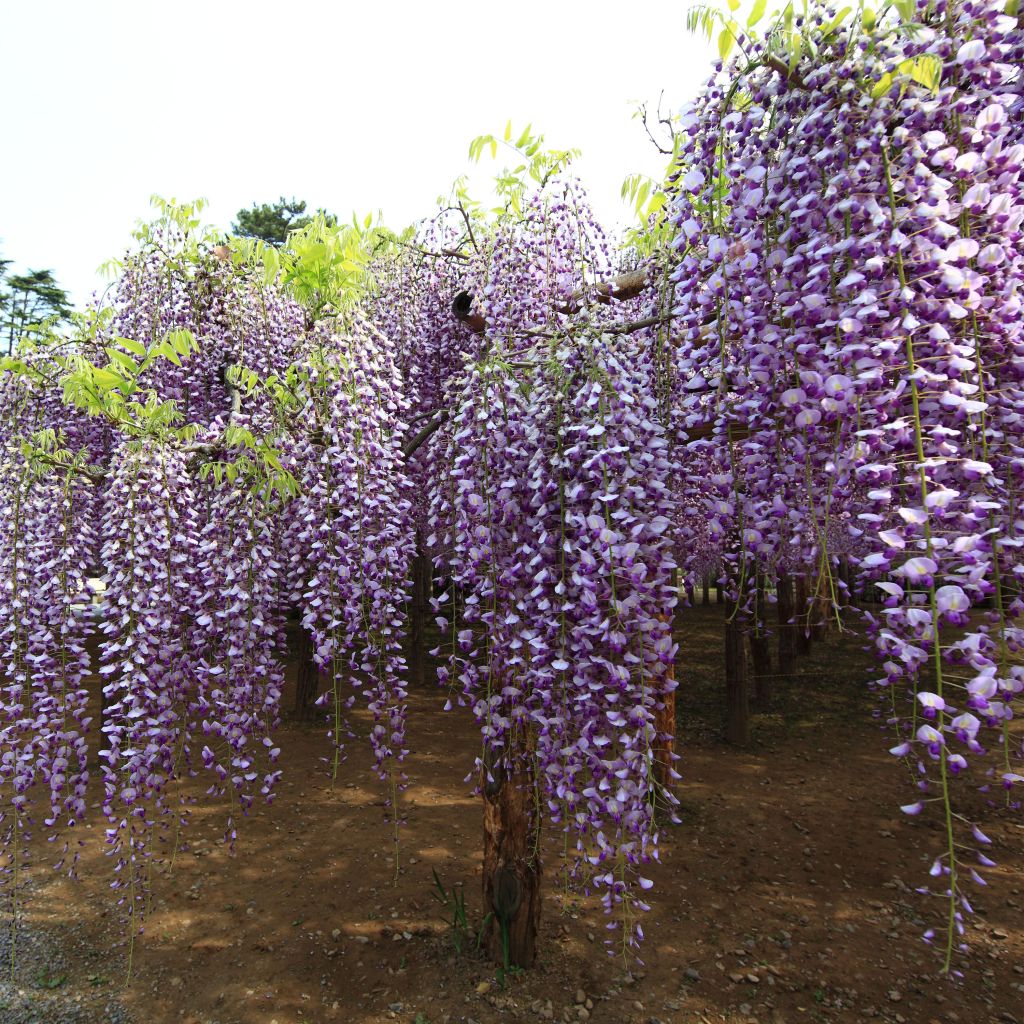

Wisteria floribunda Macrobotrys
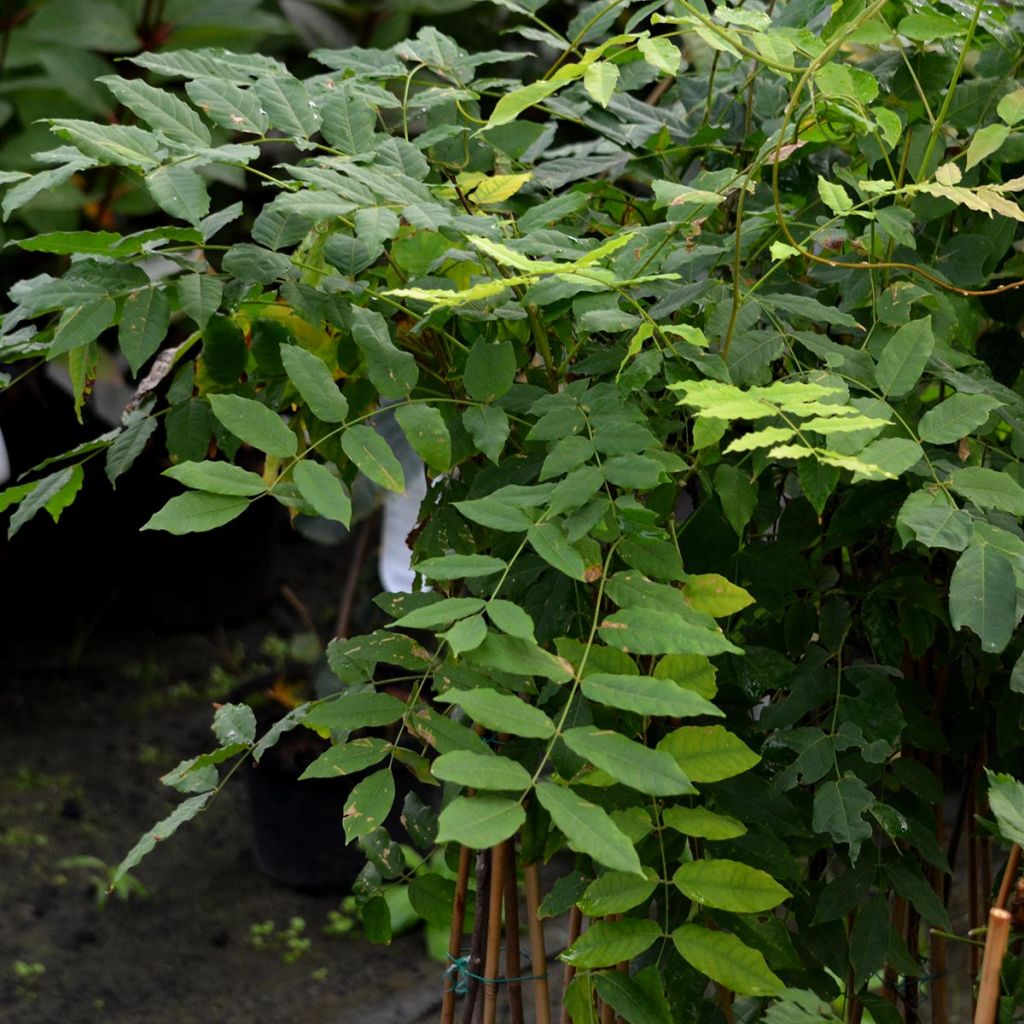

Wisteria floribunda Macrobotrys
Wisteria floribunda Macrobotrys
Wisteria floribunda Macrobotrys
Japanese Wisteria
Received a beautiful wisteria on December 23rd. Already well staked, it promises a good start. Planted on the same day it arrived in superb condition, following your advice, I can't wait for spring to see it bloom...! Thank you very much.
laurrelley, 06/01/2025
Special offer!
Receive a €20 voucher for any order over €90 (excluding delivery costs, credit notes, and plastic-free options)!
1- Add your favorite plants to your cart.
2- Once you have reached €90, confirm your order (you can even choose the delivery date!).
3- As soon as your order is shipped, you will receive an email containing your voucher code, valid for 3 months (90 days).
Your voucher is unique and can only be used once, for any order with a minimum value of €20, excluding delivery costs.
Can be combined with other current offers, non-divisible and non-refundable.
Home or relay delivery (depending on size and destination)
Schedule delivery date,
and select date in basket
This plant carries a 6 months recovery warranty
More information
We guarantee the quality of our plants for a full growing cycle, and will replace at our expense any plant that fails to recover under normal climatic and planting conditions.


Would this plant suit my garden?
Set up your Plantfit profile →
Description
Wisteria floribunda 'Macrobotrys' is a spectacular variety of Japanese wisteria. Its pendulous blue-violet flowers are grouped in long trailing clusters that can measure up to 1m (3ft) in length!
Wisteria floribunda 'Macrobotrys' has deciduous leaves with 12 ovate leaflets that are medium green in colour and measure 4 to 8cm (2 to 3in) in length. The stems twine from left to right on sturdy supports. In May, pendulous clusters of slightly fragrant blue-lilac papilionaceous flowers are formed, measuring 50cm (20in) to 1m (3ft) in length. The fruits, in the shape of velvety beans, measure from 10 to 15cm (4 to 6in) in length.
This is the hardiest of wisterias, tolerating temperatures down to -20°C (-4°F). It takes a long time to establish and thrives in non-calcareous, fertile, deep and well-drained soils in sunny or semi-shaded positions that are sheltered from strong winds. The soil should be enriched with organic matter every year. Pruning should be done in February when the floral buds are formed.
With its height of 8m (26ft), Wisteria floribunda 'Macrobotrys' is used to cover walls, railings, pergolas, arbours, and porches for a romantic garden.
Wisteria branches can twist even the strongest supports.
Beware! All parts of wisteria are toxic if ingested!
Wisteria floribunda Macrobotrys in pictures
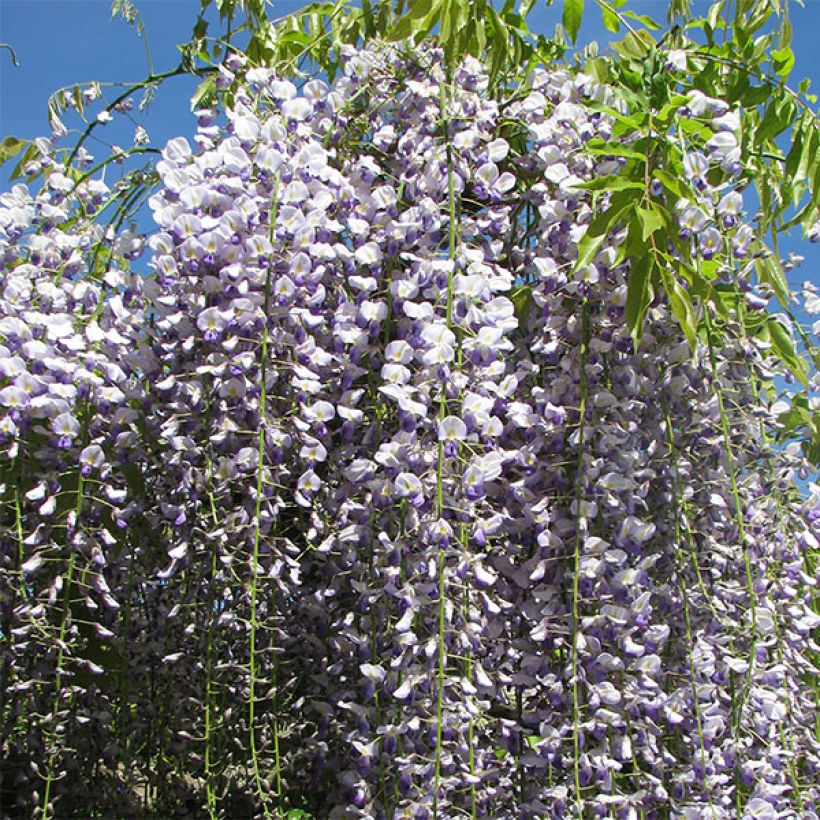

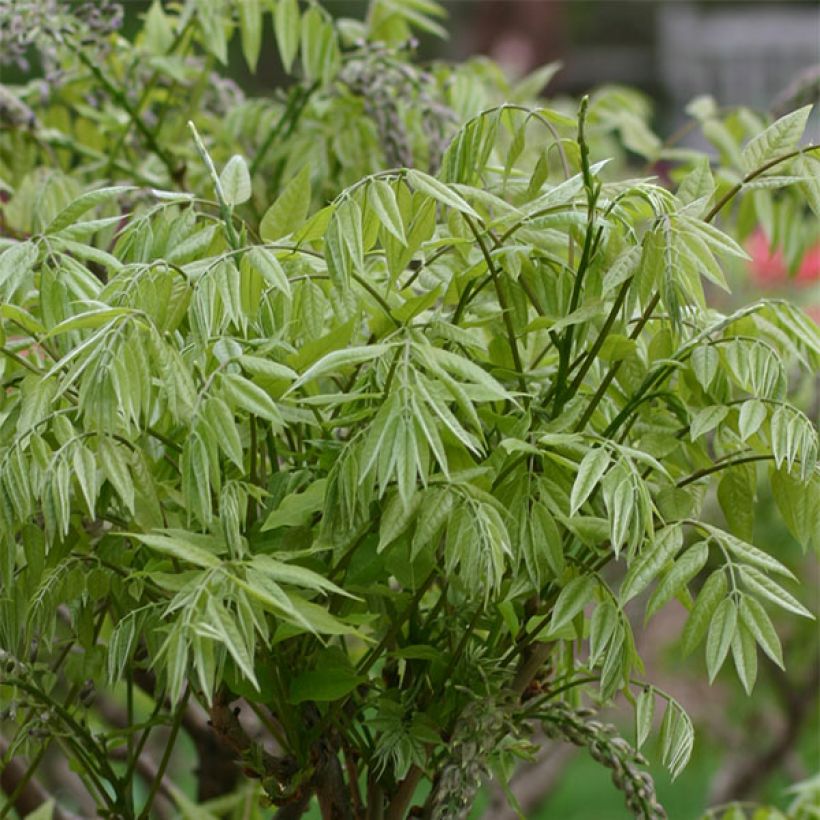

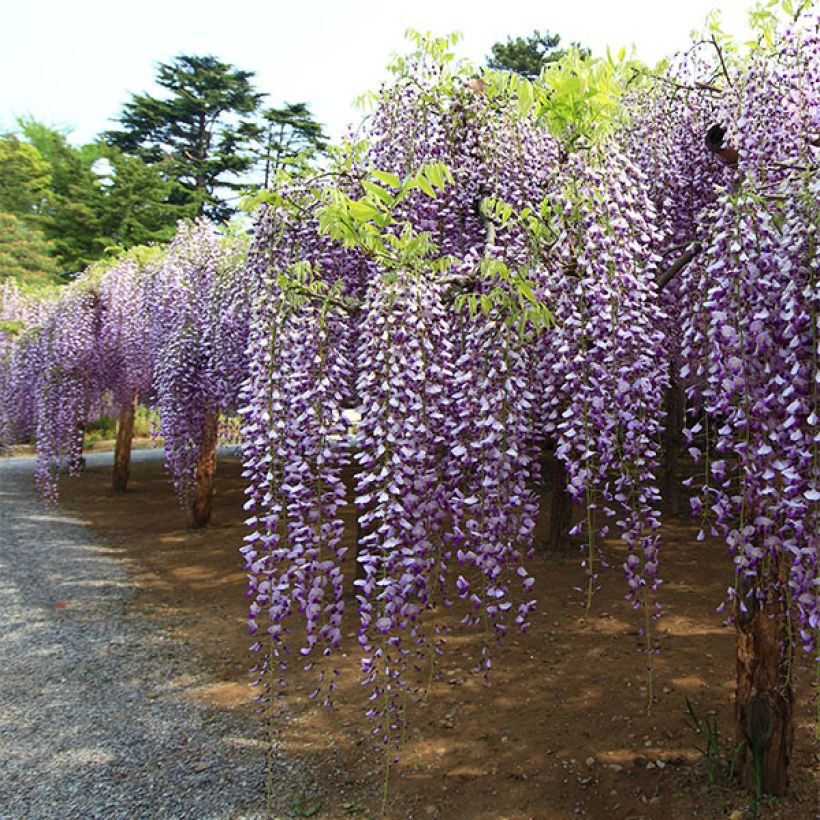

Plant habit
Flowering
Foliage
Botanical data
Wisteria
floribunda
Macrobotrys
Fabaceae
Japanese Wisteria
Cultivar or hybrid, East Asia
Other Wisterias
View all →Planting and care
Wisteria floribunda 'Macrobotrys' should be planted in autumn in fertile, deep, and well-drained soil, in a sunny or partially shaded location. Add compost and water well after planting.
General pruning: in February, when the flower buds have formed, prune back (to 2 buds) the branches that have no buds. This will aerate the plant. Do not keep more than 4 rounded flower buds on the same stem.
To train a wisteria to climb a tree: no training pruning is necessary.
Pruning for training against a wall: after planting, prune the main shoot to 75 to 90cm (30 to 35in) above the ground. In the first year, tie the lateral shoots to the support and prune the others to 2 buds. In the first winter, prune the lateral shoots by 1/3 of their length and the others to 2 buds. Prune the main shoot to 75 to 90cm (30 to 35in) above the main lateral shoot. Repeat in the following years until fully trained on the support. Once established, prune all shoots in late summer to 15cm (6in) inside the edge of the support, leaving 4 to 6 leaves on each shoot. In mid-winter, reduce these shoots by 8 to 10cm (3 to 4in), leaving only 2 buds.
Planting period
Intended location
Care
Planting & care advice
-
, onOrder confirmed
Reply from on Promesse de fleurs
Similar products
Haven't found what you were looking for?
Hardiness is the lowest winter temperature a plant can endure without suffering serious damage or even dying. However, hardiness is affected by location (a sheltered area, such as a patio), protection (winter cover) and soil type (hardiness is improved by well-drained soil).

Photo Sharing Terms & Conditions
In order to encourage gardeners to interact and share their experiences, Promesse de fleurs offers various media enabling content to be uploaded onto its Site - in particular via the ‘Photo sharing’ module.
The User agrees to refrain from:
- Posting any content that is illegal, prejudicial, insulting, racist, inciteful to hatred, revisionist, contrary to public decency, that infringes on privacy or on the privacy rights of third parties, in particular the publicity rights of persons and goods, intellectual property rights, or the right to privacy.
- Submitting content on behalf of a third party;
- Impersonate the identity of a third party and/or publish any personal information about a third party;
In general, the User undertakes to refrain from any unethical behaviour.
All Content (in particular text, comments, files, images, photos, videos, creative works, etc.), which may be subject to property or intellectual property rights, image or other private rights, shall remain the property of the User, subject to the limited rights granted by the terms of the licence granted by Promesse de fleurs as stated below. Users are at liberty to publish or not to publish such Content on the Site, notably via the ‘Photo Sharing’ facility, and accept that this Content shall be made public and freely accessible, notably on the Internet.
Users further acknowledge, undertake to have ,and guarantee that they hold all necessary rights and permissions to publish such material on the Site, in particular with regard to the legislation in force pertaining to any privacy, property, intellectual property, image, or contractual rights, or rights of any other nature. By publishing such Content on the Site, Users acknowledge accepting full liability as publishers of the Content within the meaning of the law, and grant Promesse de fleurs, free of charge, an inclusive, worldwide licence for the said Content for the entire duration of its publication, including all reproduction, representation, up/downloading, displaying, performing, transmission, and storage rights.
Users also grant permission for their name to be linked to the Content and accept that this link may not always be made available.
By engaging in posting material, Users consent to their Content becoming automatically accessible on the Internet, in particular on other sites and/or blogs and/or web pages of the Promesse de fleurs site, including in particular social pages and the Promesse de fleurs catalogue.
Users may secure the removal of entrusted content free of charge by issuing a simple request via our contact form.
The flowering period indicated on our website applies to countries and regions located in USDA zone 8 (France, the United Kingdom, Ireland, the Netherlands, etc.)
It will vary according to where you live:
- In zones 9 to 10 (Italy, Spain, Greece, etc.), flowering will occur about 2 to 4 weeks earlier.
- In zones 6 to 7 (Germany, Poland, Slovenia, and lower mountainous regions), flowering will be delayed by 2 to 3 weeks.
- In zone 5 (Central Europe, Scandinavia), blooming will be delayed by 3 to 5 weeks.
In temperate climates, pruning of spring-flowering shrubs (forsythia, spireas, etc.) should be done just after flowering.
Pruning of summer-flowering shrubs (Indian Lilac, Perovskia, etc.) can be done in winter or spring.
In cold regions as well as with frost-sensitive plants, avoid pruning too early when severe frosts may still occur.
The planting period indicated on our website applies to countries and regions located in USDA zone 8 (France, United Kingdom, Ireland, Netherlands).
It will vary according to where you live:
- In Mediterranean zones (Marseille, Madrid, Milan, etc.), autumn and winter are the best planting periods.
- In continental zones (Strasbourg, Munich, Vienna, etc.), delay planting by 2 to 3 weeks in spring and bring it forward by 2 to 4 weeks in autumn.
- In mountainous regions (the Alps, Pyrenees, Carpathians, etc.), it is best to plant in late spring (May-June) or late summer (August-September).
The harvesting period indicated on our website applies to countries and regions in USDA zone 8 (France, England, Ireland, the Netherlands).
In colder areas (Scandinavia, Poland, Austria...) fruit and vegetable harvests are likely to be delayed by 3-4 weeks.
In warmer areas (Italy, Spain, Greece, etc.), harvesting will probably take place earlier, depending on weather conditions.
The sowing periods indicated on our website apply to countries and regions within USDA Zone 8 (France, UK, Ireland, Netherlands).
In colder areas (Scandinavia, Poland, Austria...), delay any outdoor sowing by 3-4 weeks, or sow under glass.
In warmer climes (Italy, Spain, Greece, etc.), bring outdoor sowing forward by a few weeks.






























